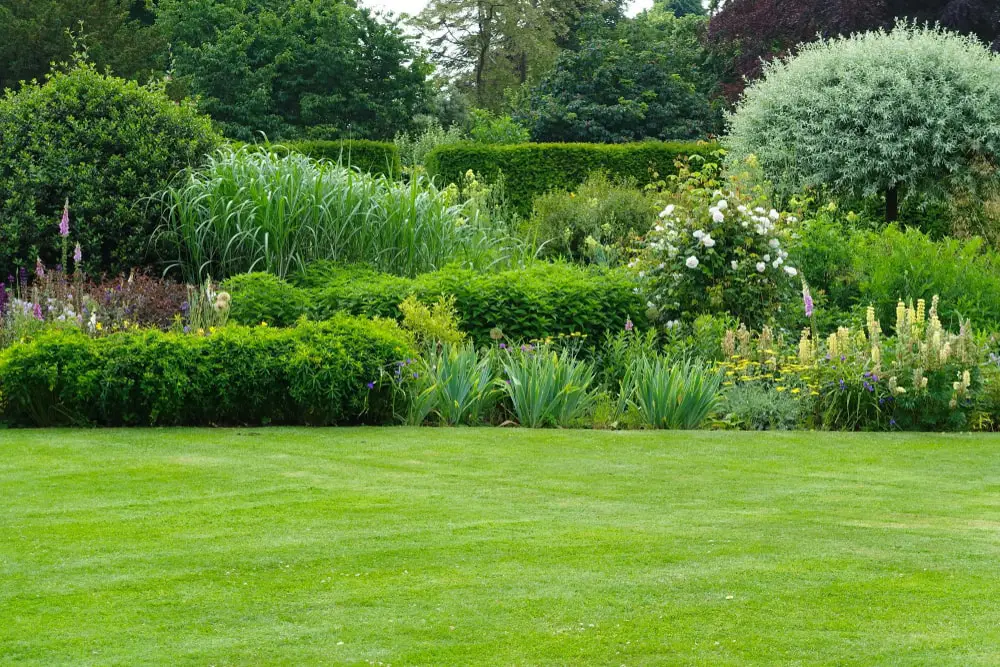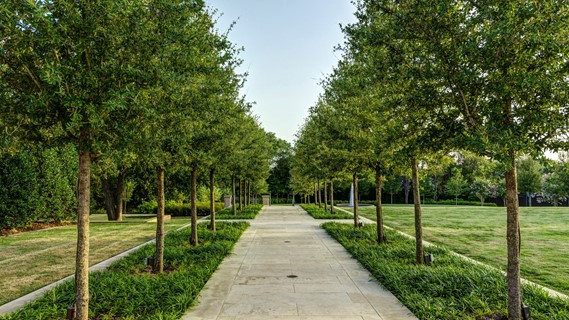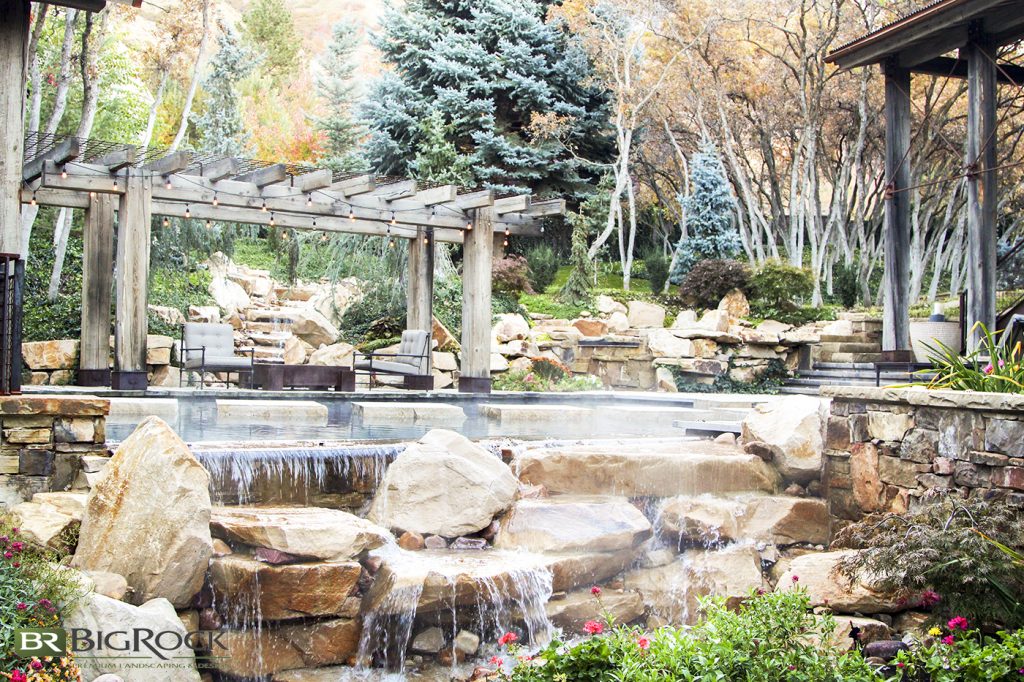The 25-Second Trick For Hilton Head Landscapes
The 25-Second Trick For Hilton Head Landscapes
Blog Article
Little Known Facts About Hilton Head Landscapes.
Table of ContentsHilton Head Landscapes Fundamentals ExplainedThe Single Strategy To Use For Hilton Head LandscapesHilton Head Landscapes Fundamentals ExplainedHilton Head Landscapes - TruthsSome Known Questions About Hilton Head Landscapes.The Ultimate Guide To Hilton Head LandscapesHilton Head Landscapes for DummiesAll About Hilton Head Landscapes
Type compatibility is likewise a major component of unity in designone or more strikingly different types benefit contrast and emphasis, however generally all various other forms should have some similarities for an unified look. Texture describes exactly how crude or fine the surface area of the plant or hardscape material really feels and/or looks.
Examples of plants with coarse appearance include philodendrons, agaves, bromeliads, hollies, palms, and hydrangeas. Features that produce fine appearance include small vegetation; thin, strappy fallen leaves (turfs) or tall, slim stems; tiny, thick twigs and tiny branches; long stems (creeping plants); and small, fragile flowers.
Hilton Head Landscapes - Truths
A lot of plants are medium structure, in that they can not be defined as having either crude or great appearance. Medium-textured plants act as a history to web link and combine the crude- and fine-textured plants.

To make an area really feel smaller, place the rugged appearances along the outer border and the fine structures closest to the customer. The detail of the coarse structure makes the plants show up closer and makes the room really feel smaller. The viewed appearance of plants can also alter with the range from the plant.
Unknown Facts About Hilton Head Landscapes
Bold colors raise the contrast and make the structure show up coarser, while muted colors can flatten structure. Hardscape with a crude texturesuch as very rough rocks and strong, huge timberstends to make all plant product appear much more medium textured. Designers often establish a structure research (Number 8) theoretically to help choose the plan of plant products.
Shade in plant product and hardscape includes rate of interest and range to the landscape. Color is the most conspicuous element in the landscape and is usually the emphasis of a lot of house owners; nevertheless, it is likewise the most short-term element, usually lasting just a few weeks a year for individual plants.
Facts About Hilton Head Landscapes Uncovered
A straightforward description of the shade wheel includes the 3 main shades of red, blue, and yellow; the three second shades (a mix of 2 primaries) of eco-friendly, orange, and violet; and six tertiary colors (a mix of one adjacent primary and additional color), such as red-orange. Color concept explains the connection of colors per other and just how they should be made use of in a composition.

Comparable (occasionally called unified) color design are any three to five colors that are adjacent on the color wheel, such as red, red-orange, orange, yellow-orange, and yellow, or blue, blue-violet, and violet (hilton head landscapers). The colors are related to each other because they normally consist of 2 primaries mixed to develop an additional and two tertiary colors, which implies they share typical buildings
Corresponding shades are commonly discovered naturally in blossoms; a typical pair is yellow and violet. Shade is found in the blossoms, vegetation, bark, and fruit of plants.
The Single Strategy To Use For Hilton Head Landscapes
Green foliage in all its numerous shades is the dominant shade by quantity, however other shades catch focus quicker because of their high comparison to the color eco-friendly. Color is likewise discovered in structures, rocks, pavers, timber, and furnishings. The majority of colors in natural products, such as rock and timber, are generally soft and often tend to be variations of brownish, tan, and light yellow.
Shade is an important element for developing interest and selection in the landscape. Shades have residential properties that can influence emotions, spatial perception, light quality, balance, and emphasis. One residential or commercial property of shade is defined about temperaturecolors seem awesome or cozy and can affect feelings or feelings. Great shades often tend to be relaxing and ought to be made use of in locations for leisure and calmness.
The Buzz on Hilton Head Landscapes
Trendy colors tend to recede and are perceived as being farther away, making an area feel bigger. Shade can also be used to capture focus and straight sights.
As an example, brilliant yellow, which has the greatest intensity, also has a high contrast with all other shades (usually referred to as a "pop" of shade) and ought to be conserved. A small quantity of extreme shade has as much aesthetic weight as a big amount of an extra suppressed or weak shade.
Comparable (in some cases called harmonious) color systems are any kind of three to five shades that are surrounding on the shade wheel, such as red, red-orange, orange, yellow-orange, and yellow, or blue, blue-violet, and violet. The colors belong to each other since they usually include 2 main colors blended to create a second and 2 tertiary colors, which means they share usual residential properties.
All about Hilton Head Landscapes
They have a tendency to have high comparison in between them. One of the most common sets are violet and yellow, red and green, and blue and orange. Corresponding shades are commonly discovered normally in flowers; a typical set is yellow and violet. Color is discovered in the blossoms, foliage, bark, and fruit of plants.
Green foliage in all its various tones is the leading shade by quantity, however various other shades record attention a lot more conveniently due to their high comparison to the shade environment-friendly - landscape design hilton head - https://canvas.instructure.com/eportfolios/3001127/Home/Transform_Your_Yard_with_Hilton_Head_Landscapers. Shade is also located in buildings, rocks, pavers, timber, and furnishings. The majority of colors in all-natural materials, such as stone and timber, are commonly muted and often tend to be variations of brownish, tan, and pale yellow
The Ultimate Guide To Hilton Head Landscapes
Shade is an essential aspect for producing rate of interest and selection in the landscape. Shades have properties that can affect feelings, spatial perception, light top quality, equilibrium, and emphasis. One residential property of shade is defined family member to temperaturecolors seem trendy or cozy and can affect feelings or sensations. Awesome colors have a tendency to be soothing and should be utilized in areas for relaxation and serenity.
The "temperature" of colors can also influence the understanding of distance. Awesome shades have a tendency to recede and are perceived as being further away, making a room feel bigger. Cozy colors have a tendency to development and are viewed as being closer, making official website an area feel smaller. Shade can likewise be made use of to catch attention and straight views.
Brilliant yellow, which has the greatest intensity, likewise has a high contrast with all other colors (usually described as a "pop" of color) and should be used moderately. A small amount of intense color has as much aesthetic weight as a huge quantity of a much more controlled or weaker color.
Report this page